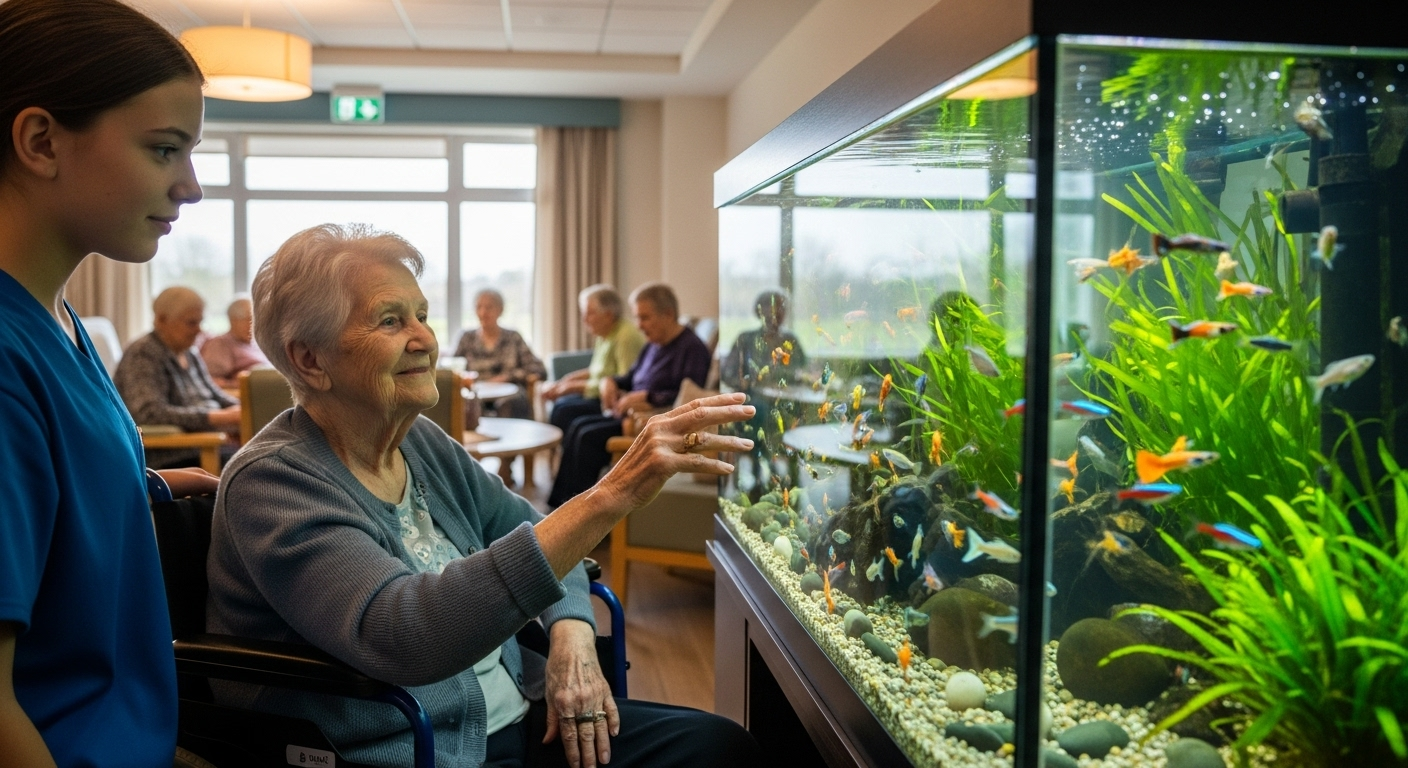Worried About Aging Parents? Discover Safe, Supportive Senior Living
Choosing senior living for a loved one is never easy — but it can be the most caring decision you make. Whether your parent needs daily medical support, a safer home environment, or simply a vibrant community to enjoy life again, today’s senior living options offer comfort, dignity, and peace of mind for the whole family.

What exactly is senior living and how does it differ from a nursing home?
Senior living encompasses a range of residential options designed specifically for older adults. Unlike traditional nursing homes, which primarily focus on medical care, modern senior living communities offer a more holistic approach to aging. These communities provide various levels of care, from independent living apartments to assisted living and memory care units, allowing residents to receive the right amount of support as their needs change over time.
How does senior living ensure 24/7 professional care for residents?
One of the most significant advantages of senior living is the round-the-clock availability of professional care. Communities are staffed with trained caregivers, nurses, and often on-call physicians who can respond quickly to any medical emergencies or daily care needs. This constant presence of healthcare professionals provides peace of mind for both residents and their families, knowing that help is always just moments away.
What safety features make senior living communities a secure choice?
Senior living facilities are designed with safety as a paramount concern. They typically feature:
-
Emergency call systems in each living unit
-
Wide hallways and doorways to accommodate mobility aids
-
Handrails and grab bars in bathrooms and common areas
-
Secure entrances and exits, often with 24/7 monitoring
-
Non-slip flooring and improved lighting to prevent falls
-
Fire safety systems and regular safety drills
These features create a safe and accessible environment that allows seniors to maintain their independence while minimizing the risk of accidents or injuries.
How do daily activities in senior living support physical and mental well-being?
Senior living communities understand the importance of staying active and engaged in later years. They offer a wide range of daily activities designed to support both physical and cognitive health. These may include:
-
Fitness classes tailored for seniors, such as yoga, water aerobics, or chair exercises
-
Brain-training games and memory workshops
-
Art and craft sessions to encourage creativity
-
Educational lectures and discussion groups
-
Gardening clubs and nature walks
-
Music therapy and dance classes
By participating in these activities, residents can maintain their physical health, stimulate their minds, and pursue personal interests, all of which contribute to overall well-being and a higher quality of life.
What opportunities for social connection does senior living provide?
In the United States, loneliness and social isolation among seniors have become significant concerns, with studies showing negative impacts on both mental and physical health. Senior living communities directly address this issue by fostering a vibrant social environment. Residents have numerous opportunities to form friendships and maintain an active social life through:
-
Communal dining areas where they can share meals with others
-
Organized outings to local attractions, theaters, and restaurants
-
Game nights and social clubs based on shared interests
-
Holiday celebrations and special events
-
Volunteer opportunities within the community
-
Spaces designed for casual gatherings and conversations
These social connections can significantly improve mood, cognitive function, and overall life satisfaction for seniors.
What are the typical costs associated with senior living communities?
When considering senior living options, understanding the costs involved is crucial for families. The price of senior living can vary widely depending on factors such as location, level of care needed, and amenities offered. Here’s a general overview of costs for different types of senior living in the United States:
| Type of Senior Living | Average Monthly Cost | Typical Services Included |
|---|---|---|
| Independent Living | $2,500 - $4,000 | Housing, meals, activities, housekeeping |
| Assisted Living | $3,500 - $6,500 | Above + personal care assistance, medication management |
| Memory Care | $5,000 - $8,000 | Above + specialized dementia care and security |
| Nursing Home Care | $7,000 - $10,000+ | 24/7 skilled nursing care, all daily needs |
Prices, rates, or cost estimates mentioned in this article are based on the latest available information but may change over time. Independent research is advised before making financial decisions.
It’s important to note that many communities offer a range of floor plans and care levels, which can affect pricing. Additionally, some seniors may be eligible for financial assistance through programs like Medicaid, veterans’ benefits, or long-term care insurance.
Choosing senior living for a loved one is a significant decision that requires careful consideration of their needs, preferences, and financial situation. While the transition can be challenging, many families find that the benefits of professional care, a safe environment, engaging activities, and social opportunities far outweigh the costs. By providing a supportive and stimulating environment, senior living communities can help aging parents maintain their dignity, independence, and quality of life, offering reassurance and peace of mind to the entire family.




